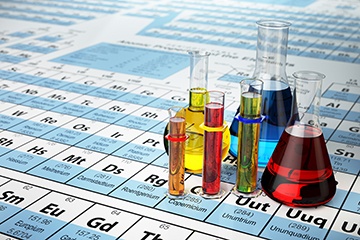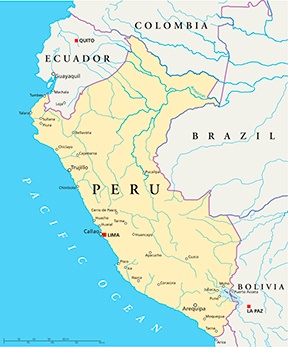Last month we introduced Jeff Forsberg, Mercury Product Line Manager for Teledyne Leeman Labs so this month we will spotlight Manny Almeida.
The post is meant to provide an opportunity to put a face to a name, as well as background details about our internal subject matter experts, and their perspective on lab technology and industry issues. In this post, we spotlight Manny Almeida, ICP/DCA Product Line Manager for Teledyne Leeman Labs
Read More










